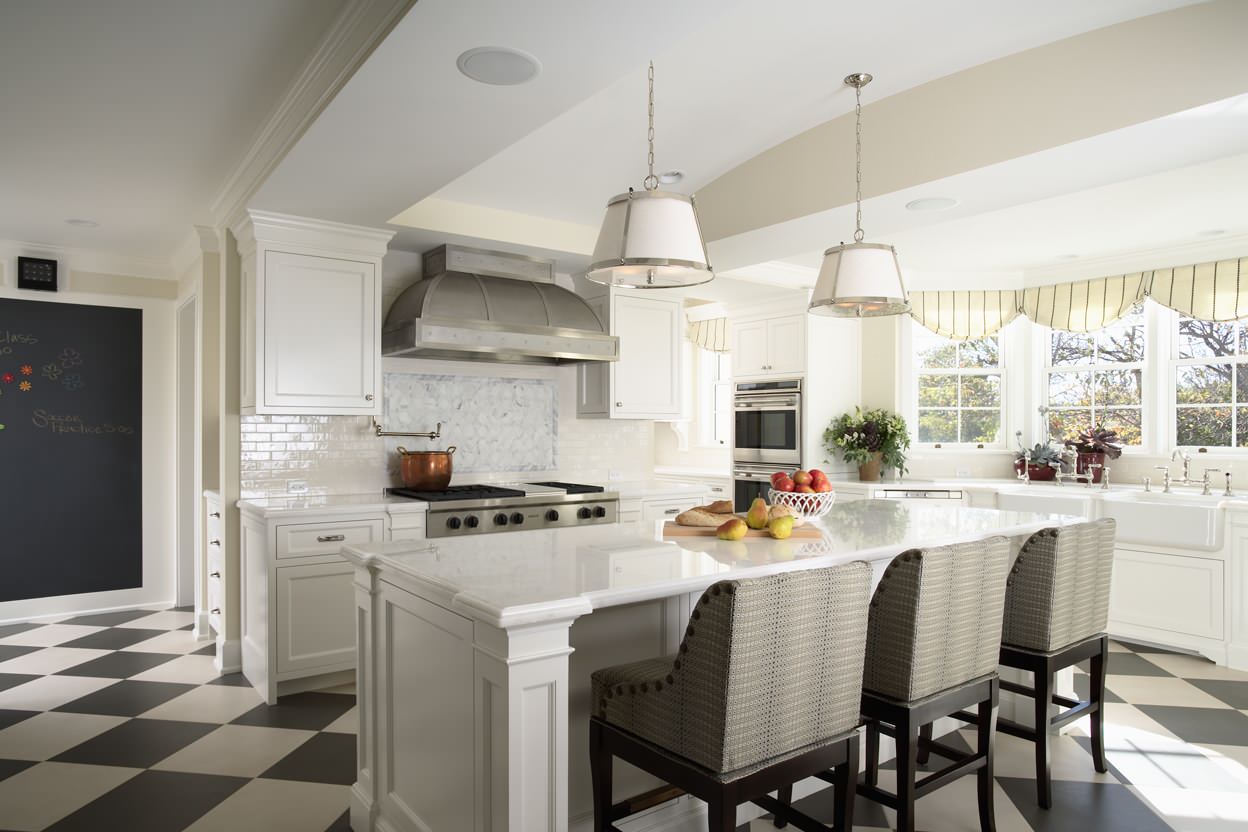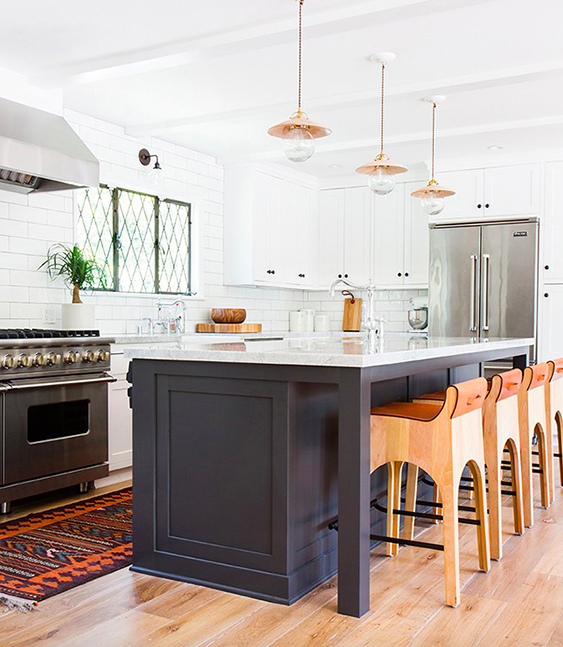Transform Your Room with Cutting-edge Kitchen Island Leg Styles
Transform Your Room with Cutting-edge Kitchen Island Leg Styles
Blog Article
Checking Out the Vital Functions of a Cooking Area Island Leg for Your Culinary Space
The cooking area island serves as a central hub in any cooking room, and the choice of leg style is crucial in boosting both its capability and visual charm. Comprehending the essential functions of kitchen area island legs-- consisting of product options, layout styles, and security aspects-- can considerably impact the overall experience within the kitchen.
Importance of Kitchen Island Legs
Cooking area island legs play an essential role in both the functionality and appearances of a kitchen area space. They not just sustain the weight of the island but also boost the overall design, contributing to the kitchen area's aesthetic appeal. The selection of legs can determine the style of the kitchen area, be it contemporary, traditional, or rustic.
Functionally, durable and properly created legs guarantee stability, permitting the secure use the island for different tasks such as cooking, eating, or amusing. Strong legs protect against changing and wobbling, supplying a trustworthy surface area for daily activities.
Furthermore, the elevation and placement of the legs can influence the convenience degree for those seated at the island. A well-considered height can accommodate bar stools or chairs, promoting a welcoming atmosphere for gatherings.
Along with these sensible factors to consider, kitchen area island legs can act as a focal point in the space (kitchen island leg). Decorative or uniquely created legs can boost the design aesthetic, making the island a centerpiece. Hence, selecting the ideal kitchen island legs is important for balancing form and function in any type of cooking area
Material Options for Legs
Choosing the appropriate material for kitchen area island legs substantially impacts both sturdiness and design. Usual product alternatives consist of timber, stone, and metal, each offering unique advantages.
Timber is a prominent option as a result of its warmth and adaptability. It can be quickly personalized to match numerous design designs, from rustic to contemporary. Woods like oak and maple provide superb stamina and longevity, while softer woods can be much more vulnerable to put on and tear.
Metal legs are favored for their sleek, modern-day visual. kitchen island leg. Stainless-steel and light weight aluminum are not just robust yet also immune to corrosion and deterioration, making them perfect for cooking area settings. They can create a commercial appearance and are usually readily available in numerous coatings to enhance various other kitchen aspects
Stone legs, such as granite or marble, include a component of high-end and security. While larger than other products, they supply remarkable durability and can hold up against significant weight. However, they may require extra assistance to guarantee correct balance.
Eventually, the selection of material must line up with both practical requirements and the overall layout vision of the cooking area space, ensuring that the island legs boost both energy and looks.
Layout Styles to Take Into Consideration
What style styles should be taken into consideration when choosing legs for a kitchen island? The choice of leg style substantially influences the total visual of your cooking room. For a modern cooking area, minimalistic and smooth leg styles, such as stainless steel or geometric forms, can improve the contemporary charm, offering a clean and minimalist look.
On the other hand, typical kitchens take advantage of classic designs such as transformed or carved wood legs, which include heat and personality. These alternatives commonly feature elaborate information that enhance classic home furnishings. For a rustic ambiance, think about legs made from reclaimed timber or wrought iron, which bring an organic, earthy top quality to the space.
If you lean towards an industrial style, durable steel legs with a distressed surface might be optimal, offering an edgy yet innovative touch. Furthermore, farmhouse design cooking areas can incorporate beefy see legs that evoke a sense of strength and homeliness.

Height and Security Aspects
The height and security of a kitchen island are essential aspects that directly influence its functionality and user experience. A suitable kitchen area island leg ought to provide enough height to fit a variety of tasks, from cooking to laid-back dining. Commonly, cooking area islands separate 36 to 42 inches high, aligning with basic counter and bar heights. This array ensures convenience for users while carrying out numerous tasks, hence boosting the overall functionality of the area.
Stability is just as essential, particularly as kitchen islands commonly serve as focal points in cooking atmospheres. The leg's attachment to the island's base should be secure, guaranteeing long life and resilience versus the wear and tear of daily use.
Customization and Accessories
Personalization choices and devices for kitchen island legs can substantially boost both the visual appeal and capability of the room. Home owners can choose from a selection of materials, including timber, steel, and stone, permitting seamless assimilation with existing kitchen decoration. The choice of surface-- be it a natural tarnish, repaint, or powder finish-- further individualizes the look, ensuring that the island matches the general layout motif.
In enhancement to product and surface, home owners might also pop over to this site check out the incorporation of accessories such as ornamental braces, flexible feet, or incorporated shelving. Brackets can use added assistance while adding to a rustic or modern aesthetic. Flexible feet are particularly advantageous for unequal floor covering, making certain the island continues to be secure and level, which this contact form is important for both safety and functionality.

Conclusion
Finally, kitchen area island legs serve a critical function in giving stability and improving the total aesthetic of the cooking area. The option of products and design styles adds to both capability and aesthetic charm, while factors to consider of elevation and security ensure useful use. Personalization options and accessories can raise the cooking area island, making it an unique focal factor within the home. Thus, cautious factor to consider of these functions is crucial for an effective kitchen layout.
The kitchen island offers as a central hub in any cooking space, and the option of leg design is crucial in boosting both its functionality and aesthetic charm. Comprehending the important attributes of cooking area island legs-- including material options, style styles, and security elements-- can dramatically influence the overall experience within the kitchen.Kitchen island legs play a vital function in both the functionality and appearances of a kitchen area area.What style styles should be considered when picking legs for a kitchen area island?In verdict, kitchen area island legs offer a crucial function in giving security and enhancing the total visual of the cooking space.
Report this page